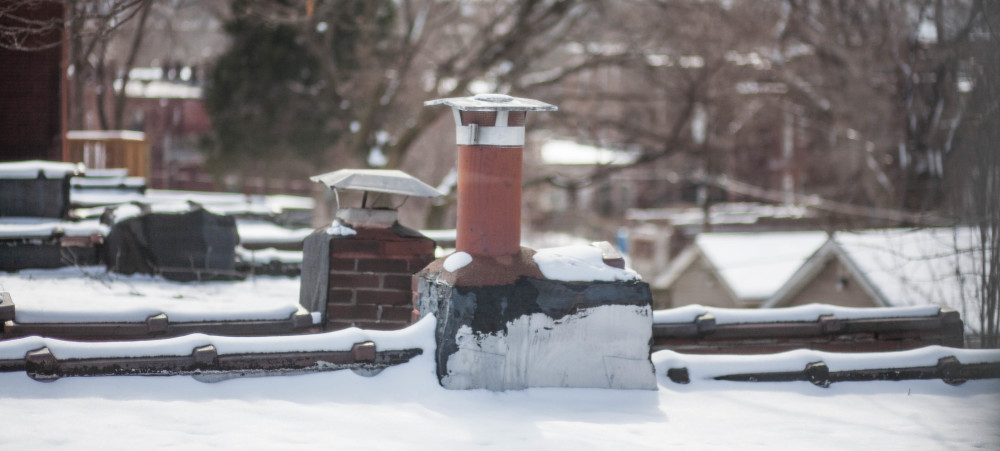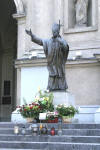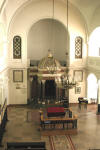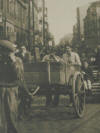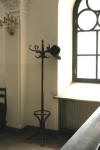Heres a shot of the present-day memorial at Mila 18 in what was once the Warsaw ghetto. Only a single section of wall remains of the Ghetto, itself. The uprising began April 19, 1943 and ended May 16 of the same year.
Here’s the entrance to Warsaw’s only surviving synagogue. It’s sort of hidden behind a Yiddish theater across the street from an imposing church which features a memorial to Pope John Paul II.
Here’s John Paul. Many of the Polish monuments to him feature signs and banners that read ‘Sainthood Now!’ The church seemed to me to be an industry in present-day Poland, much as it was until very recently in Ireland, much as it is in parts of South and Central America, enjoying great political power and broad popular support.
My Impression of Poland was that Poles are religious. Czechs are not, but I think Poles are. I saw multitudes kneeling at Czestochowa, even though we were not there during a season of pilgrimages, and I heard again and again how John Paul had ended the cold war.
Here’s a shot of the interior of the synagogue, the Nozyk Synagogue it’s called. I took this from the balcony (the women’s section). When we first arrived there was nobody in the office who could let us into the main level, but while we were there the rabbi came in and opened the doors for us.
The synagogue balcony also features several panels with photos like this one of old Warwaw at the time the Ghetto was being created. Before the ghetto uprising in 1943, over 300,000 Jews had been deported to Treblinka. There is now a monument at the Umschlagplatz, the site of the railway assembly point from which Jews were transported.
Finally, for now, this picture is a teasure of a kind, a piece of serendipity, true and sad, and something else all at once. I took this on the main level of the synagogue, looking towards a south window. There’s absence in it, perhaps nostalgia for a time that can never come again, or maybe somebody just forgot his hat . . . .
more . . .
